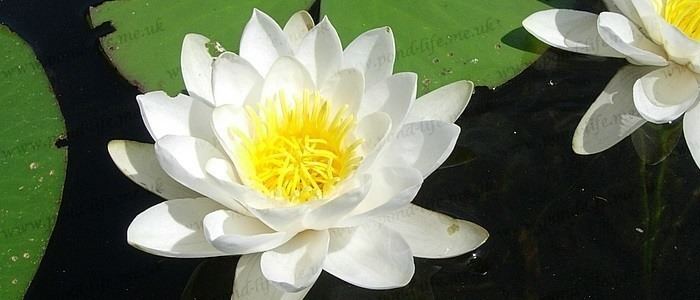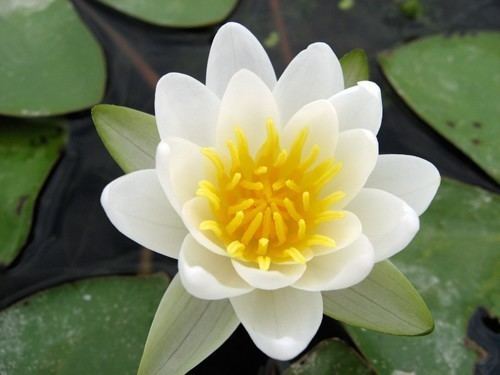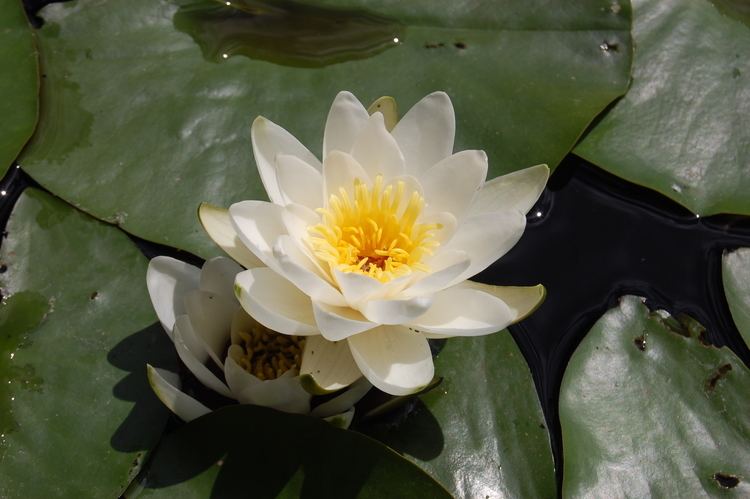Rank Species | Higher classification Water lily | |
Similar Water lily, Water lilies, Yellow Water‑lily, Nuphar, Nymphaea odorata | ||
Nymphaea candida J. Presl is a species of aquatic perennial herbaceous plants in the genus Nymphaea native to quiet freshwater habitats in Eurasia, it is in flower from July to August. It is sometimes treated as a subspecies of N. alba (N. alba L. subsp. candida (J. Presl) Korsh.)
Contents

Description

Nymphaea Candida is an aquatic perennial herb that is laticiferous and rooted. It has a spread of approximately 60 cm and a plant depth from 10–30 cm. It has rhizomes that are stoloniferous and unbranched. There are about 10-20 leaves that are 9–19 cm across that are usually floating or submerged. The leaves are membranous when young and they are prominently veined when mature. The plant prefers growing in water-depths of about 60–80 cm. Nymphaea Candida is a small white flower (10–20 cm across) with a yellow center. The flower is bisexual and it is usually floating alone. The penducles are long and there are 4 sepals. There are about 12-24 petals on each flower. The petals can be described as oblong-ovate, apex obtuse, and white. The outer petals are shorter than the inner ones.
Taxonomy

The plant was originally discovered and described by J. Presl and C Presl. in 1882. The taxonomic status of this species is unknown.
Synonyms

Distribution and Habitat
It grows in the quiet freshwaters in Eurasia. It only grows in water from July to August.
The plant grows only in water, as it is an aquatic plant, mainly in ponds, lakes, and slow flowing streams.
Medicinal uses
The rhizome is used as an anodyne, antiscrofulatic, astringent, cardiotonic, demulcent and sedative. If used in combination with slippery elm (Ulmus rubra) or flax (Linum usitatissimum), it has been used to make a poultice that treats boils and abscesses. As for the flowers, they are an anaphrodisiac and sedative. The complete cure of uterine cancer by a decoction and uterine injection has been recorded.
